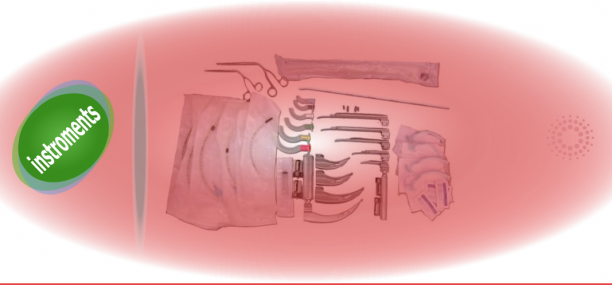[espro-slider id=15467]
Intubation or Endotracheal intubation a form of mechanical ventilation, hyperventilation used by ER specialists to treat life-threatening conditions caused by respiratory impairment following a disease (chronic lung disease, Cystic Fibrosis…) or injury (barotrauma with pulmonary air leak or bronchopulmonary dysplasia…) affecting the respiratory mechanism, and thus is used to preserve a continuous positive airway in patients with apnea or in patients that cannot be oxygenated with CPAP (continuous positive airway pressure).
Respiratory impairment can show as a moderate respiratory distress syndrome that is calculated as per the following setting factors:
- FIO2 = 40%, (fractional percentage of inspired O2)
- IT = 0.4 sec, (inspiratory time)
- ET = 1.1 sec, (expiratory time)
- Intermittent mandatory ventilation (IMV) rate = 40 breaths/min;
- PIP = 25 cm H2O, (peak inspiratory pressure)
- PEEP = 5 cm H2O, (positive end-expiratory pressure).
Intubation is used to deliver gas (o2) at either a predetermined volume or pressure; setting factors of respiratory distress syndrome are quickly adjusted based on the patient’s chest wall movement, oxygenation, breath sounds, and respiratory efforts (required for a full respiration cycle: inspiration + expiration) along with the arterial or capillary blood gases.
As a rule PaCO2 is lowered by increasing the minute ventilation by any of the following:
- Increasing tidal volume (increasing PIP or decreasing PEEP)
- Increasing rate
PaO2 is increased by:
- Increasing FIO2 or
- Increasing the mean airway pressure that is achieved by:
- Increasing PIP,
- Increasing PEEP,
- Increasing rate,
- Prolonging IT
Permissive hypercarbia (or tolerating an elevated PaCO2) as long as the pH remains > 7.25 is used to treat the ventilator pressure/volume.
Verified by: Dr.Diab (January 7, 2017)
Citation: Dr.Diab. (January 7, 2017). Dr Diab Endotracheal intubation 2015. Medcoi Journal of Medicine, 1(2). urn:medcoi:article15474.














There are no comments yet
Or use one of these social networks